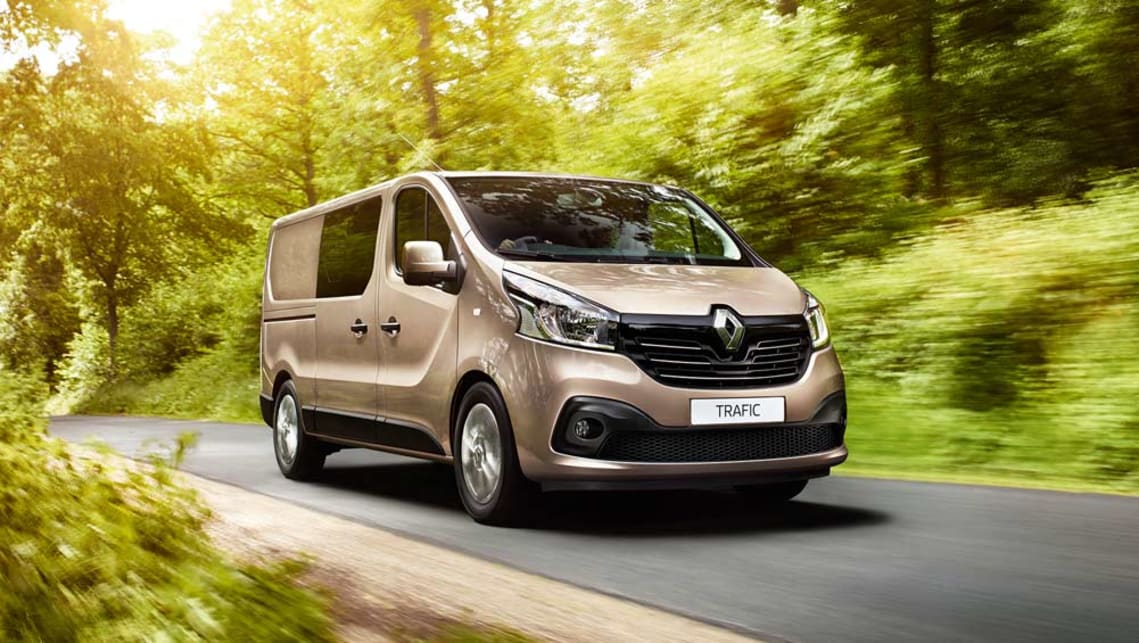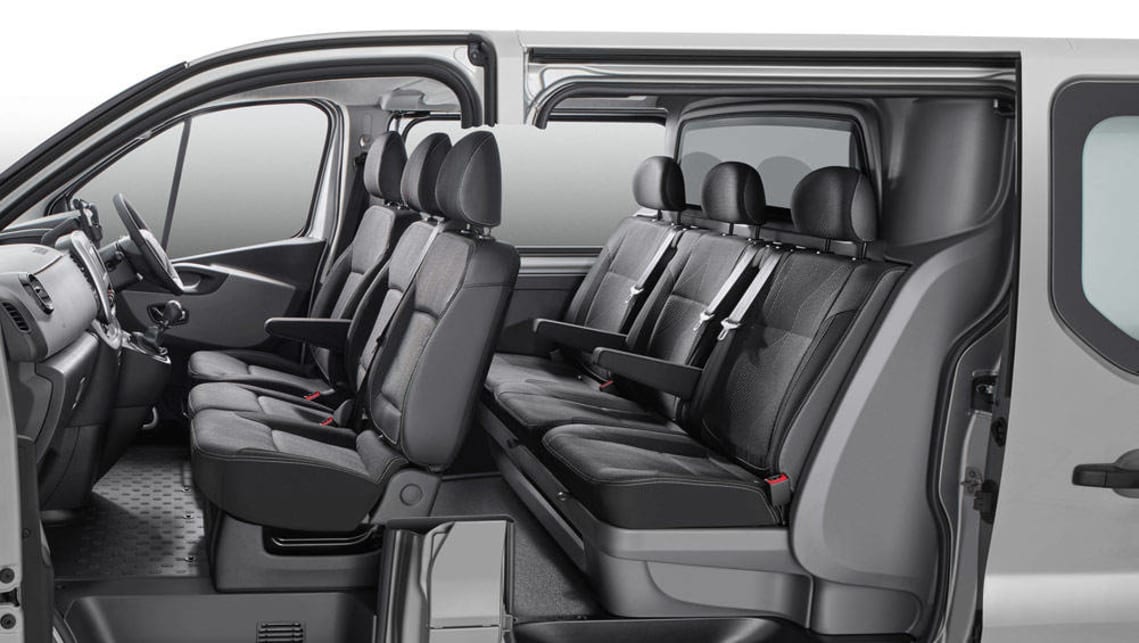The Renault Captur gives you the freedom to explore new places, whether it’s for a weekend getaway or an outing in the city. With its distinctive design and capable performance, it’s easy to see why this Renault SUV is so popular. Renault cars have a reputation for excellence and the Captur is no exception. From the Renault Captur specs to its exterior design, you can discover everything you need to know by reading our blog. Insert image:
Captivating exterior design
The evolution of the Captur Renault has exceeded the expectations of South African motorists, and its new colours and upgraded grille set it apart from others like it on the market. Included in the Renault Captur price are rear and front LED lamps, which add to its aesthetics while enhancing visibility. C-shaped, daytime running lights enhance its assertive stance on the road and you also get the option of a glass roof that allows you to enjoy the beautiful night sky the next time you’re on an adventure.
Bold 17” alloy wheels is a strong design element of the Captur while another distinctive feature of this SUV is its two-tone paintwork. With a range of optional features, it’s easy to customise your vehicle to match your requirements. Its elevated ground clearance and skid plates give the Capture a striking presence wherever you go. You can take your urban experience to the next level with a Renault Captur.
An innovative interior
The Captur boasts a welcoming interior equipped with state-of-the-art features. Its exceptional design makes it easy to sit back, relax, and enjoy the ride. Another aspect of this Renault SUV you’ll love is its comfortable and sophisticated leather steering wheel. The supportive seats and central armrest enriches the driver experience and allow you to arrive at your destination feeling refreshed.
LED lighting illuminates the interior of this SUV, enhancing its welcoming ambiance. From start to finish, every aspect of the interior design is elegant and sophisticated. The chrome trim amplifies the tasteful design of the Captur, and when it comes to the Captur, Renault has equipped this SUV with all the technology that you can wish for. A highlight of this model is its Renault MediaNav® touchscreen multimedia tablet. This feature makes it easy to navigate your way around new destinations and it also has a radio. Another highlight of the tablet is its telephone system, which boasts Bluetooth connectivity.
The smooth lines of the dashboard, as well as the interior panels, contribute to the peaceful environment inside the Captur. The abundance of storage spaces makes it easy to keep your vehicle neat and well-organised. One of the storage spaces is conveniently placed in the dashboard to supply you with a safe place to keep valuable items. The spacious interior provides plenty of room for adults and children. At the back, passengers can feel comfortable with up to 21.6cm of knee room. You can adjust the rear seating according to your needs, and the boot space of these Renault cars can also be customised.
Renault Captur specs
Another reason to find a Renault Captur for sale is its awesome specs. Equipped with F1® inspired turbo engines, these vehicles deliver an impressive performance. You have two petrol engines as well as a diesel engine to choose from. Its energetic response and rapid acceleration help to deliver a pleasurable ride. The innovative design of Captur engines combines performance with economy. The Renault Captur specs include an 898cm3 three-cylinder engine that delivers a maximum power output of 66kW with a peak torque of 135 Nm. This variation has a fuel consumption of 5.5 L/100km and CO2 emissions of 125g/km.
The Renault Captur’s safety features
State-of-the-art safety features are included in the Renault Captur price. The reinforced structure and airbags help to protect the vehicle’s occupants should a collision take place. The seatbelt and anti-whiplash headrests also help to prevent serious injury. Hill Start Assist and Brake Assist offer the driver extra support, and you can make the most of tight parking spots in the city with the help of Park Distance Control.
Now that you know the advantages of owning these awesome vehicles, you can find a Renault Captur. From start to finish, every aspect of the Renault Captur is designed to offer you a mesmerising experience on the road.
Article source: http://blog.automart.co.za/2017/10/10/recapture-your-sense-of-adventure-with-the-renault-captur/



